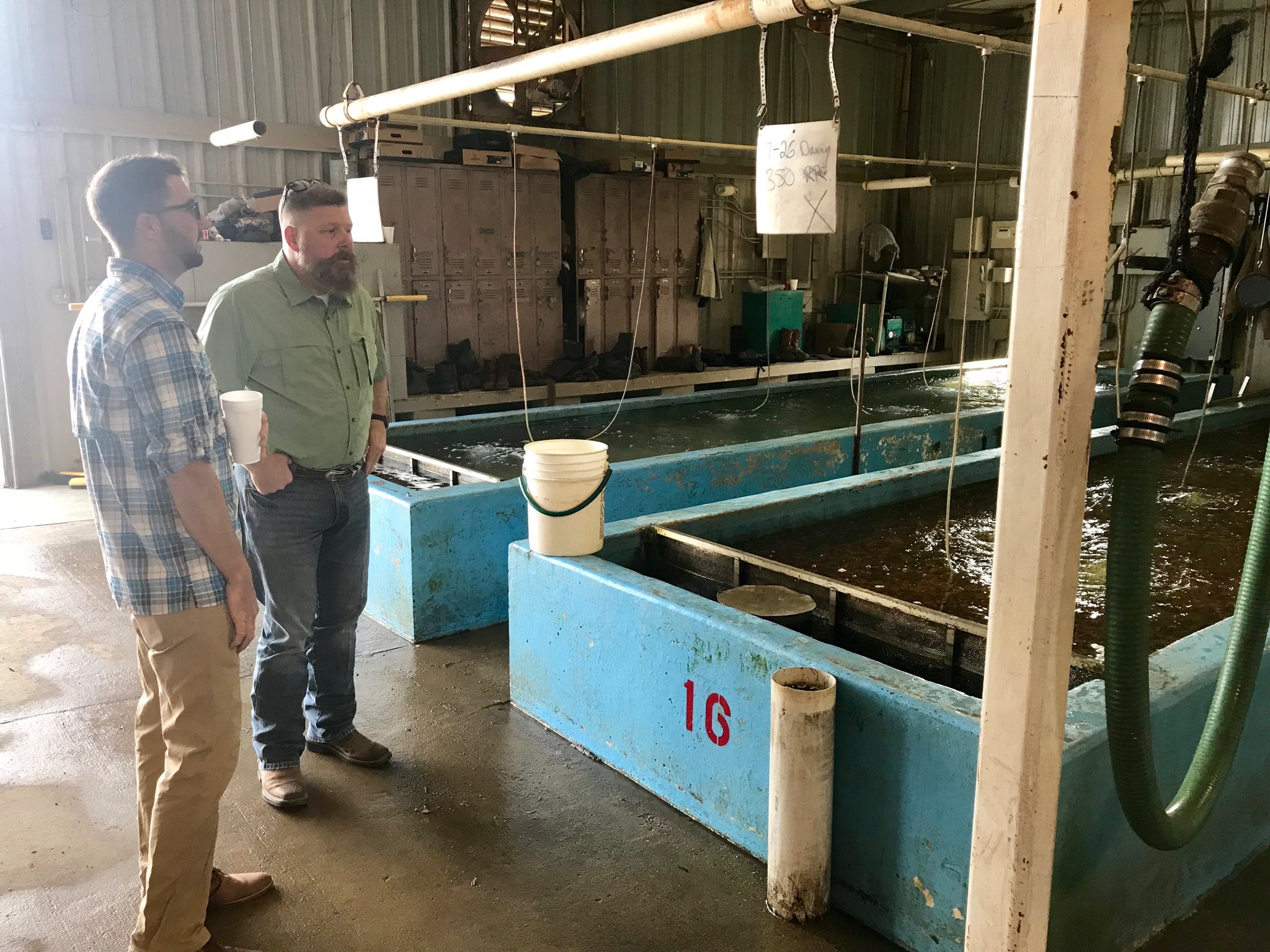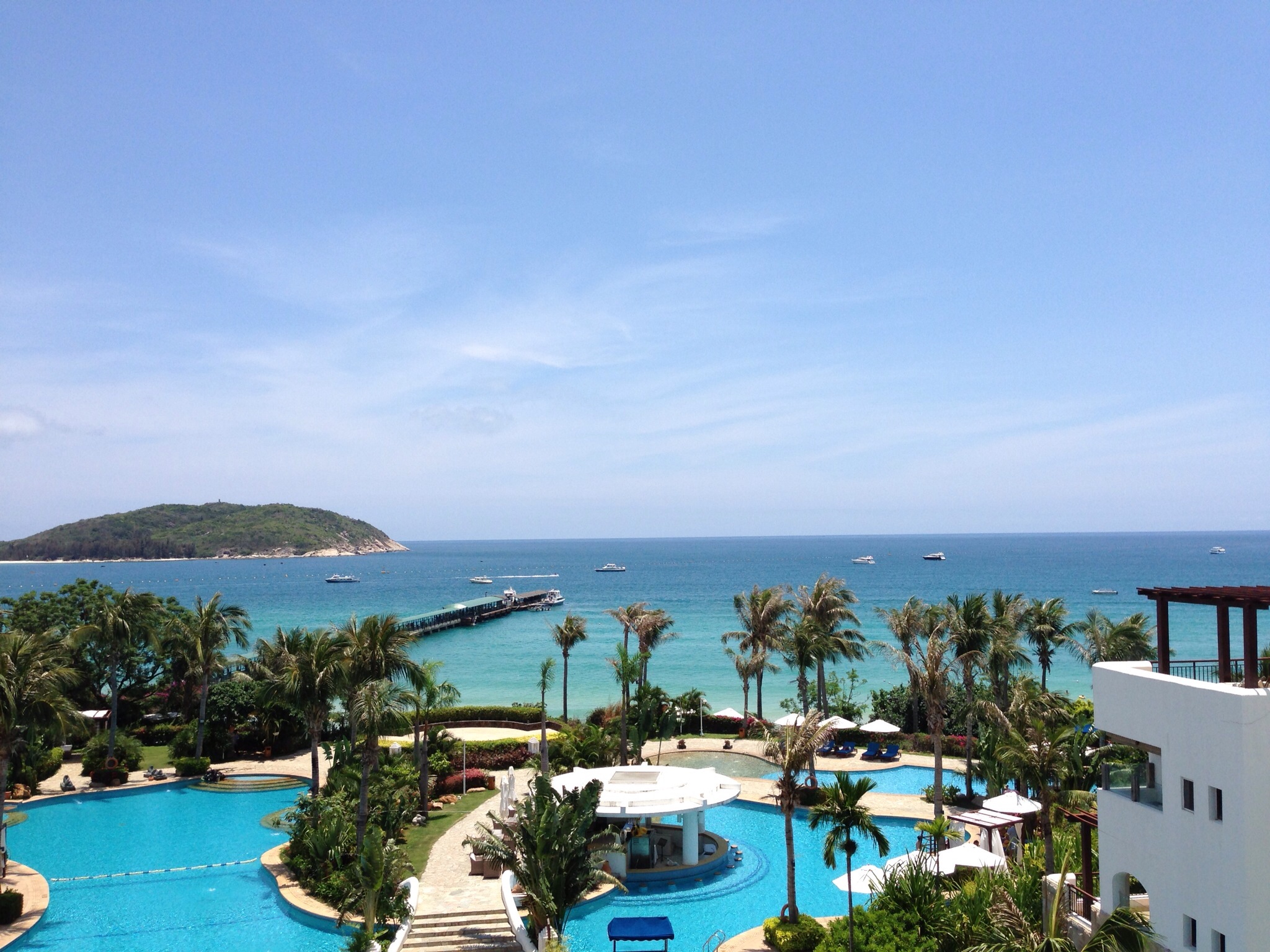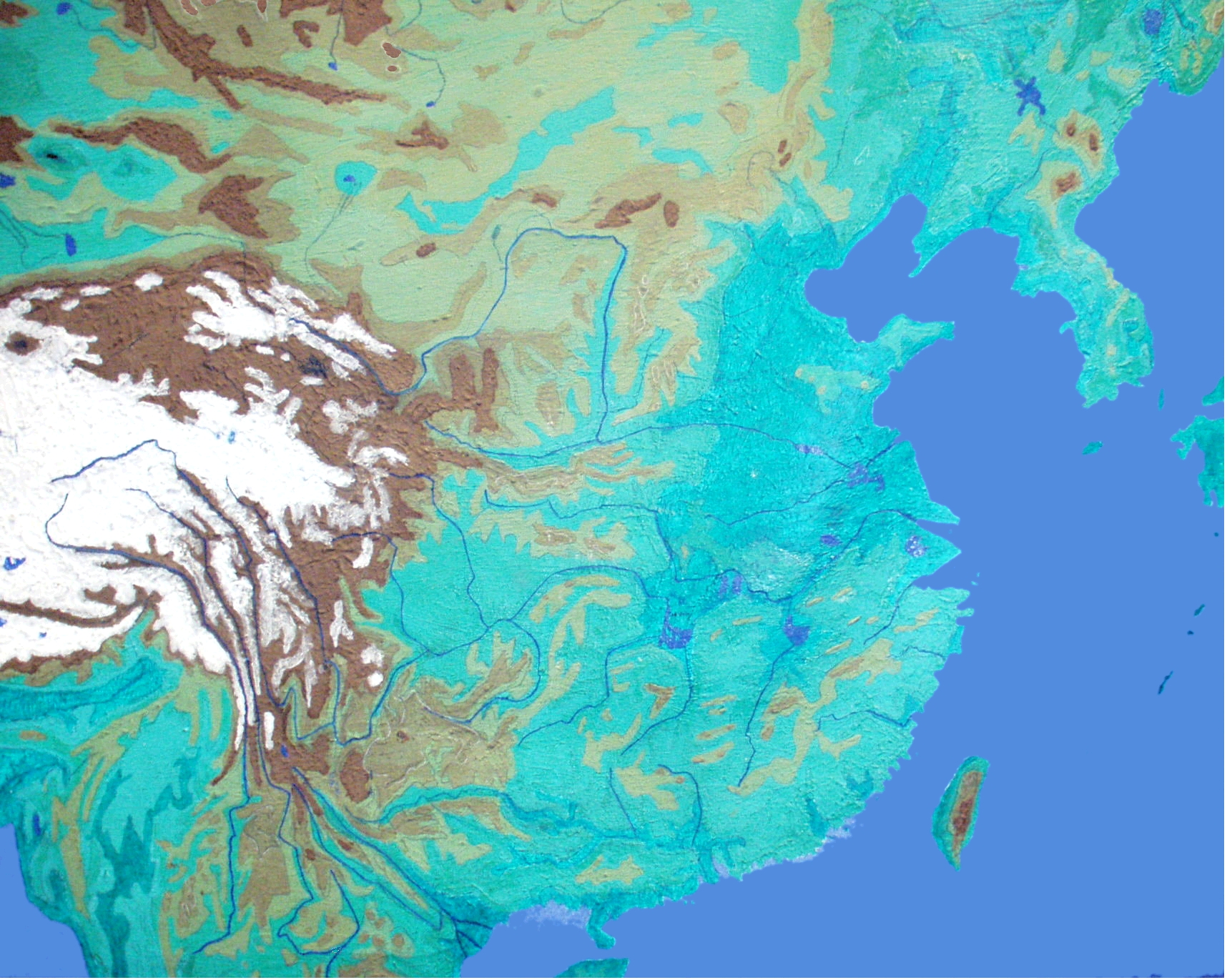|
Pseudohemiculter Hainanensis
''Pseudohemiculter hainanensis'' is a species of freshwater ray-finned fish from the family Cyprinidae, the carps and minnows from south east Asia. It occurs in the Yuanjiang, Zhujiang, Hainan Island, and middle reaches of Changjiang River The Yangtze or Yangzi ( or ; ) is the longest river in Asia, the third-longest in the world, and the longest in the world to flow entirely within one country. It rises at Jari Hill in the Tanggula Mountains (Tibetan Plateau) and flows ... in China and Vietnam. References Cyprinid fish of Asia Pseudohemiculter Fish described in 1900 {{Cultrinae-stub ... [...More Info...] [...Related Items...] OR: [Wikipedia] [Google] [Baidu] |
George Albert Boulenger
George Albert Boulenger (19 October 1858 – 23 November 1937) was a Belgian-British zoologist who described and gave scientific names to over 2,000 new animal species, chiefly fish, reptiles, and amphibians. Boulenger was also an active botanist during the last 30 years of his life, especially in the study of roses. Life Boulenger was born in Brussels, Belgium, the only son of Gustave Boulenger, a Belgian public notary, and Juliette Piérart, from Valenciennes. He graduated in 1876 from the Free University of Brussels with a degree in natural sciences, and worked for a while at the Royal Belgian Institute of Natural Sciences, Brussels, as an assistant naturalist studying amphibians, reptiles, and fishes. He also made frequent visits during this time to the '' Muséum national d'Histoire naturelle'' in Paris and the British Museum in London. In 1880, he was invited to work at the Natural History Museum, then a department of the British Museum, by Dr. Albert C. L. G. Gün ... [...More Info...] [...Related Items...] OR: [Wikipedia] [Google] [Baidu] |
Ray-finned Fish
Actinopterygii (; ), members of which are known as ray-finned fishes, is a class of bony fish. They comprise over 50% of living vertebrate species. The ray-finned fishes are so called because their fins are webs of skin supported by bony or horny spines (rays), as opposed to the fleshy, lobed fins that characterize the class Sarcopterygii (lobe-finned fish). These actinopterygian fin rays attach directly to the proximal or basal skeletal elements, the radials, which represent the link or connection between these fins and the internal skeleton (e.g., pelvic and pectoral girdles). By species count, actinopterygians dominate the vertebrates, and they constitute nearly 99% of the over 30,000 species of fish. They are ubiquitous throughout freshwater and marine environments from the deep sea to the highest mountain streams. Extant species can range in size from '' Paedocypris'', at , to the massive ocean sunfish, at , and the long-bodied oarfish, at . The vast majority of Actino ... [...More Info...] [...Related Items...] OR: [Wikipedia] [Google] [Baidu] |
Cyprinidae
Cyprinidae is a family of freshwater fish commonly called the carp or minnow family. It includes the carps, the true minnows, and relatives like the barbs and barbels. Cyprinidae is the largest and most diverse fish family and the largest vertebrate animal family in general with about 3,000 species, of which only 1,270 remain extant, divided into about 370 genera. Cyprinids range from about 12 mm in size to the giant barb (''Catlocarpio siamensis''). By genus and species count, the family makes up more than two-thirds of the ostariophysian order Cypriniformes. The family name is derived from the Greek word ( 'carp'). Biology and ecology Cyprinids are stomachless fish with toothless jaws. Even so, food can be effectively chewed by the gill rakers of the specialized last gill bow. These pharyngeal teeth allow the fish to make chewing motions against a chewing plate formed by a bony process of the skull. The pharyngeal teeth are unique to each species and are used ... [...More Info...] [...Related Items...] OR: [Wikipedia] [Google] [Baidu] |
Carp
Carp are various species of oily freshwater fish from the family Cyprinidae, a very large group of fish native to Europe and Asia. While carp is consumed in many parts of the world, they are generally considered an invasive species in parts of Africa, Australia and most of the United States. Biology The cypriniformes (family Cyprinidae) are traditionally grouped with the Characiformes, Siluriformes, and Gymnotiformes to create the superorder Ostariophysi, since these groups share some common features. These features include being found predominantly in fresh water and possessing Weberian ossicles, an anatomical structure derived from the first five anterior-most vertebrae, and their corresponding ribs and neural crests. The third anterior-most pair of ribs is in contact with the extension of the labyrinth and the posterior with the swim bladder. The function is poorly understood, but this structure is presumed to take part in the transmission of vibrations from the s ... [...More Info...] [...Related Items...] OR: [Wikipedia] [Google] [Baidu] |
Minnow
Minnow is the common name for a number of species of small freshwater fish, belonging to several genera of the families Cyprinidae and Leuciscidae. They are also known in Ireland as pinkeens. Smaller fish in the subfamily Leusciscidae are considered by anglers to be "true" minnows. Types of minnows Bluntnose minnow (''Pimephales notatus''): The bluntnose minnow is a primary bait fish for Northern America, and has a very high tolerance for variable water qualities, which helps its distribution throughout many regions. The snout of the bluntnose minnow overhangs the mouth, giving it the bluntnose. There is a dark lateral line which stretches from the opercle to the base of the tail, where a large black spot is located. The average size of the adult is approximately 5 cm (2 in). ' Pimephales'' Common shiner (''Notropis cornutus)'': These fish are one of the most common type of bait fish and are almost exclusively stream dwellers. The common shiner can be identif ... [...More Info...] [...Related Items...] OR: [Wikipedia] [Google] [Baidu] |
Yuan River
The Yuan River, also known by its Chinese name as the Yuanjiang, is one of the four largest rivers in Hunan province in southeast-central China. It is a tributary of Yangtze River. It is long and rises in Guizhou province in the Miao Mountains near Duyun and is navigable. The upper stream is called the Longtou River, and downstream it is called the Qingshui or Ch‘ing-shui River. It becomes the Yuan River after its confluence with its northern tributary, the Wu River. After its merger with the Wu River, the Yuan flows in a northeasterly direction, hugging the western side of the Xuefeng Mountains of Hunan. Ultimately, the Yuan flows into the Dongting Lake Dongting Lake () is a large, shallow lake in northeastern Hunan Province, China. It is a flood basin of the Yangtze River, so its volume depends on the season. The provinces of Hubei and Hunan are named after their location relative to the l ... at Changde and from there into the Yangtze River. The Yuan serve ... [...More Info...] [...Related Items...] OR: [Wikipedia] [Google] [Baidu] |
Pearl River (China)
The Pearl River, also known by its Chinese name Zhujiang or Zhu Jiang in Mandarin pinyin or Chu Kiang and formerly often known as the , is an extensive river system in southern China. The name "Pearl River" is also often used as a catch-all for the watersheds of the Xi ("West"), Bei ("North"), and Dong ("East") rivers of Guangdong. These rivers are all considered tributaries of the Pearl River because they share a common delta, the Pearl River Delta. Measured from the farthest reaches of the Xi River, the Pearl River system is China's third-longest river, after the Yangtze River and the Yellow River, and second largest by volume, after the Yangtze. The Pearl River Basin () drains the majority of Liangguang (Guangdong and Guangxi provinces), as well as parts of Yunnan, Guizhou, Hunan and Jiangxi in China; it also drains northern parts of Vietnam's Northeast Cao Bằng and Lạng Sơn provinces. As well as referring to the system as a whole, the Pearl River (Zhu Jia ... [...More Info...] [...Related Items...] OR: [Wikipedia] [Google] [Baidu] |
Hainan Island
Hainan (, ; ) is the smallest and southernmost province of the People's Republic of China (PRC), consisting of various islands in the South China Sea. , the largest and most populous island in China,The island of Taiwan, which is slightly larger, is claimed but not controlled by the PRC. It is instead controlled by the Republic of China, a ''de facto'' separate country. makes up the vast majority (97%) of the province. The name means "south of the sea", reflecting the island's position south of the Qiongzhou Strait, which separates it from Leizhou Peninsula. The province has a land area of , of which Hainan the island is and the rest is over 200 islands scattered across three archipelagos: Zhongsha, Xisha and Nansha. It was part of Guangdong from 1950–88, after which it resumed as a top-tier entity and almost immediately made the largest Special Economic Zone by Deng Xiaoping as part of the then-ongoing Chinese economic reform program. Indigenous people ... [...More Info...] [...Related Items...] OR: [Wikipedia] [Google] [Baidu] |
Changjiang River
The Yangtze or Yangzi ( or ; ) is the longest river in Asia, the third-longest in the world, and the longest in the world to flow entirely within one country. It rises at Jari Hill in the Tanggula Mountains (Tibetan Plateau) and flows in a generally easterly direction to the East China Sea. It is the seventh-largest river by discharge volume in the world. Its drainage basin comprises one-fifth of the land area of China, and is home to nearly one-third of the country's population. The Yangtze has played a major role in the history, culture, and economy of China. For thousands of years, the river has been used for water, irrigation, sanitation, transportation, industry, boundary-marking, and war. The prosperous Yangtze Delta generates as much as 20% of China's GDP. The Three Gorges Dam on the Yangtze is the largest hydro-electric power station in the world that is in use. In mid-2014, the Chinese government announced it was building a multi-tier transport network, ... [...More Info...] [...Related Items...] OR: [Wikipedia] [Google] [Baidu] |
Cyprinid Fish Of Asia
Cyprinidae is a family of freshwater fish commonly called the carp or minnow family. It includes the carps, the true minnows, and relatives like the barbs and barbels. Cyprinidae is the largest and most diverse fish family and the largest vertebrate animal family in general with about 3,000 species, of which only 1,270 remain extant, divided into about 370 genera. Cyprinids range from about 12 mm in size to the giant barb (''Catlocarpio siamensis''). By genus and species count, the family makes up more than two-thirds of the ostariophysian order Cypriniformes. The family name is derived from the Greek word ( 'carp'). Biology and ecology Cyprinids are stomachless fish with toothless jaws. Even so, food can be effectively chewed by the gill rakers of the specialized last gill bow. These pharyngeal teeth allow the fish to make chewing motions against a chewing plate formed by a bony process of the skull. The pharyngeal teeth are unique to each species and are used ... [...More Info...] [...Related Items...] OR: [Wikipedia] [Google] [Baidu] |
Pseudohemiculter
''Pseudohemiculter'' is a genus of cyprinid fish occurring in eastern Asia Asia (, ) is one of the world's most notable geographical regions, which is either considered a continent in its own right or a subcontinent of Eurasia, which shares the continental landmass of Afro-Eurasia with Africa. Asia covers an .... There are currently four species in the genus. Species * '' Pseudohemiculter dispar'' ( W. K. H. Peters, 1881) * '' Pseudohemiculter hainanensis'' ( Boulenger, 1900) * '' Pseudohemiculter kweichowensis'' (D. S. Tang, 1942) * '' Pseudohemiculter pacboensis'' V. H. Nguyễn, 2001 References * Cyprinid fish of Asia Cyprinidae genera {{Cultrinae-stub ... [...More Info...] [...Related Items...] OR: [Wikipedia] [Google] [Baidu] |








